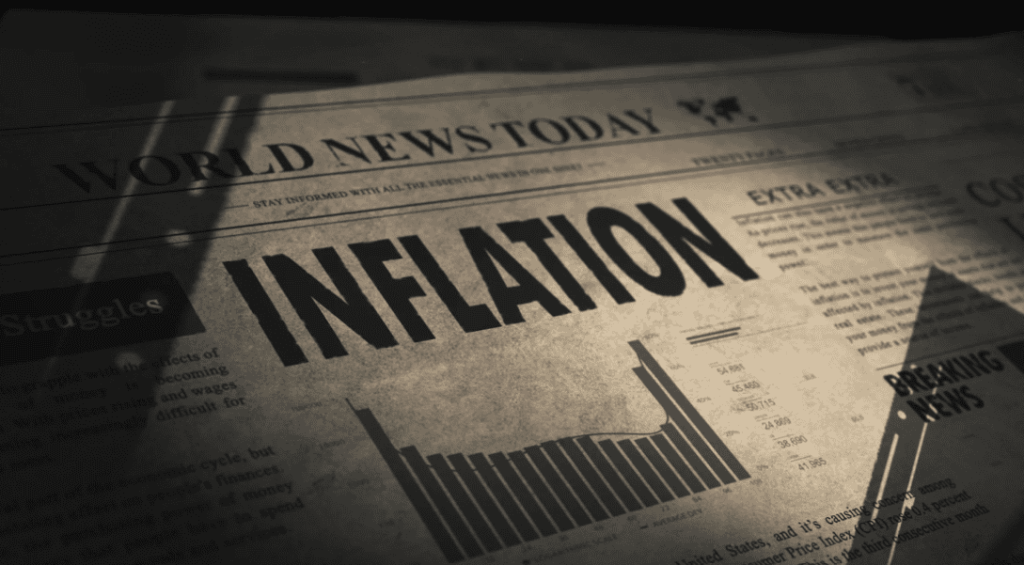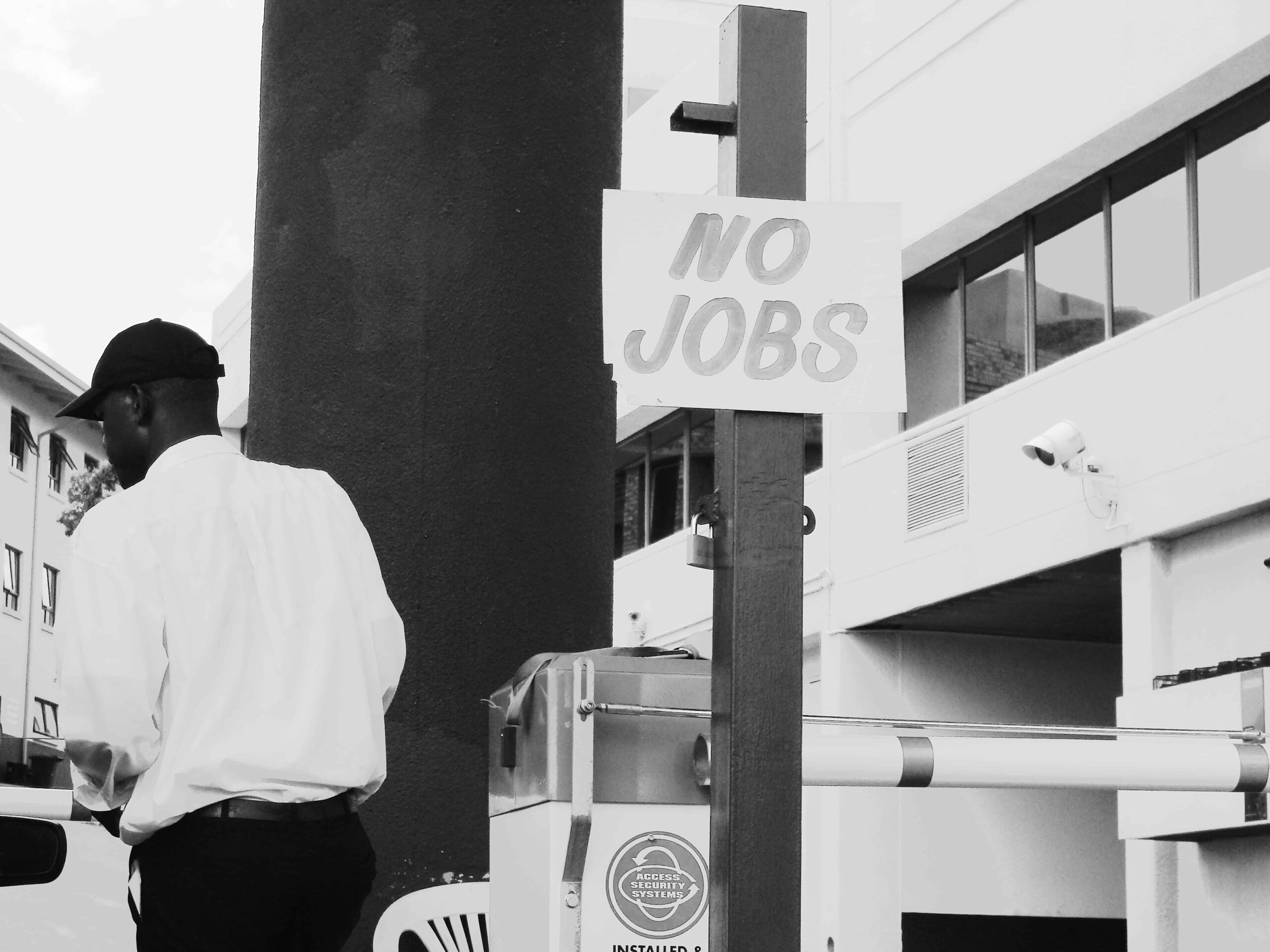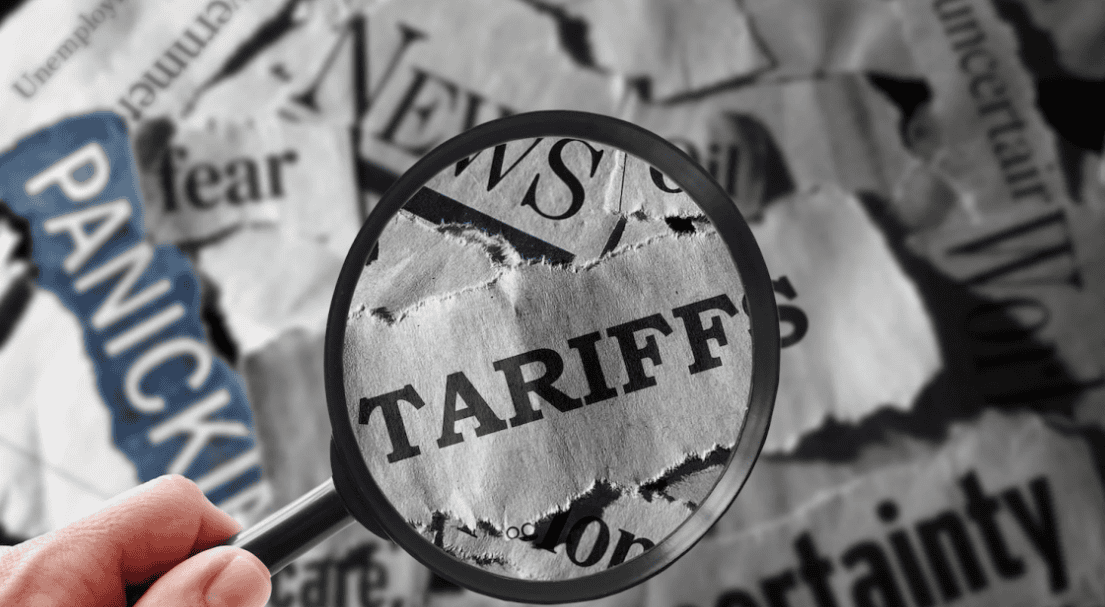Firm inflation expectations are a key driver of future price growth. This column uses a large economy-wide business survey to understand the response of firms to monthly CPI inflation releases in the UK. Firms’ CPI inflation perceptions respond very quickly, in a matter of hours after the CPI release. Expected own-price growth also responds strongly to changes in CPI inflation. Expectations are more responsive to CPI data releases when inflation is high. The results are consistent with several mechanisms, including (i) higher responsiveness when inflation media coverage is elevated, (ii) a desire to maintain relative prices, (iii) recent inflation driven by supply-side shocks, and (iv) an expectation of higher borrowing costs in response to higher inflation.
How much attention do firms pay to aggregate inflation dynamics? Do monthly inflation releases have a significant impact on the prices they expect to set in the future? If so, what channels might explain this effect? There has been an increased focus on the price-setting behaviour and expectations formation of households and firms over the recent high-inflation episode (e.g. Brandao-Marques et al. 2024, Mann 2022, Meeks and Monti 2024, Powell 2022, Reis 2023). In a recent paper (Yotzov et al. 2024), we answer these questions by analysing the response of firms to official inflation data releases using high-frequency data from a large economy-wide business survey in the UK.
We use data from the Decision Maker Panel (DMP). 1 The DMP is a monthly survey of CFOs and Finance Directors across businesses in the UK. 2 It was launched in 2016 and is a collaboration between the Bank of England and academics from King’s College London and the University of Nottingham. Firms are regularly asked about the realisations and their year-ahead expectations of the prices they set. In addition, starting in May 2022, newly designed questions were introduced, focusing on CPI inflation perceptions and expectations. Finally, a question on expected borrowing rates was also asked on several occasions during the past two years, which allows us to observe firms’ perceptions of the response of policy rates to aggregate inflation. We leverage all these data to study the impact of monthly CPI data releases on firms’ inflation expectations.
Figure 1, Panel A compares the trends in firm annual own-price growth, expected own-price growth, and annual Consumer Price Index (CPI) inflation for the UK. Annual price growth (dark blue line) among DMP firms closely matches the trends in CPI inflation in the pre-pandemic period. 3 Since 2020, firm price growth continues to track CPI inflation trends, although changes in CPI inflation have been somewhat larger, both on the downside and the upside. A large portion of this deviation can be explained by energy prices, which have a larger weight in the CPI basket and contributed to the sharp increase in CPI inflation in 2022-2023. Panel B shows the
in firm expectations for CPI inflation, both one year and three years ahead. Expectations for CPI inflation one year ahead have fallen materially since peaking at 9.5% in September 2022. In June 2024, firms expected CPI inflation to be 2.8% one year ahead. Medium-term CPI inflation expectations also declined to 2.7% in June 2024. Although elevated relative to the inflation target, it is consistent with inflation expectations typically displaying an upward bias among households and firms (e.g. Coibion et al. 2018, D’Acunto et al. 2023).
Figure 1 Inflation expectations have declined over 2023 and in 2024, following similar trends in annual inflation rates


Notes: The DMP series in Panel A are based on the questions: ‘Looking back, from 12 months ago to now, what was the approximate % change in the average price you charge, considering all products and services?’ and ‘Looking ahead, 12 months from now, what approximate % change in your average price would you expect in each of the following scenarios: lowest, low, middle, high, highest’. For the last question, respondents were then asked to assign a probability to each scenario. A point estimate is constructed by combining the five scenarios with the probabilities attached to them. All series in Panel A are three-month moving averages. The series in Panel B are based on the questions: ‘As a percentage, what do you think is the current annual CPI inflation rate in the UK? and, what do you think the annual CPI inflation rate will be in the UK, both one year from now and three years from now?’
Approach
Our main methodology uses the overlap between survey dates (the DMP collects responses from firms for two weeks each month) and CPI release dates (usually on a Wednesday during the second half of each month). We create ‘event windows’ covering two days before and two days after each CPI release. We then estimate the impact of changes in annual CPI inflation on firm-level variables over this window. 4 The event study design estimates the average change in firm responses (e.g. inflation perceptions or expectations) in the few days before versus after the latest inflation data are announced. Within these tight windows, few other events are likely to influence firm responses, which means our results are plausibly causal. We also include time, industry, and event window fixed effects. Our baseline specification is at the daily frequency, but response timestamps mean we can also estimate it at an hourly frequency.
CPI releases and inflation perceptions
First, we document that firms have been attentive to CPI inflation trends. We estimate an event study as described above with firm CPI inflation perceptions as the dependent variable. Inflation perceptions update very quickly following monthly data releases, with a highly significant impact seen from the day of the release (Figure 2, Panel A). On average, we find that a one percentage point increase in CPI inflation leads to a 0.7 percentage point increase in inflation perceptions (i.e. 70% pass-through) over the two days after the release. We also find that inflation perceptions are equally responsive to positive as well as negative changes in CPI inflation. In Panel B, we show similar results from an hourly event study, estimated around the 7am official inflation releases. Each point is an estimated coefficient for the effect of CPI inflation changes on CPI inflation perceptions in a particular hour during the two days before and after a release. The size of the points corresponds to the average number of responses received during that hour. Strikingly, we find that only a few hours after the release, firms are responding to the new CPI data when reporting inflation perceptions.
Figure 2 Impact of changes in CPI inflation on CPI inflation perceptions
Panel A Daily event study


Panel B Hourly event study


Notes: This figure plots the impact of CPI inflation changes on current CPI inflation perceptions at the daily (Panel A) and hourly frequency (Panel B), based on Equation 1 in Yotzov et al. (2024). 90% confidence intervals are reported around the point estimates in Panel A. The estimation sample covers the period between 2022 and 2024.
CPI releases and own-price expectations
Second, we analyse the impact of changes in CPI inflation on firms’ expected year-ahead own-price growth, using the same event study design, where the dependent variable is now the average price growth firms expect for their own products. We find that over 2022-2024, own-price expectations responded significantly: a one percentage point increase in headline CPI inflation is associated with a 0.6 percentage point increase in expected own-price growth (Figure 3, Panel A). The responsiveness to headline CPI inflation changes is stronger than the responsiveness to CPI inflation surprises (defined as outturns relative to professional forecasts). Furthermore, we find that the sensitivity to data releases is asymmetric, with highly significant effects for positive CPI inflation changes, but a quantitatively smaller and less significant effect for negative CPI inflation changes. We also show that these own-price expectations effects are absent in the previous, relatively low-inflation period between 2017 and 2021. These results are summarised in Panel B.
Figure 3 Impact of changes in CPI inflation on own-price expectations


Notes: Panel A plots the impact of CPI inflation changes on expected year-ahead own-price growth, based on Equation 1 in Yotzov et al. (2024). The omitted category is the day before the CPI release. 90% confidence intervals are reported around the point estimates. The estimation sample covers the period between 2022 and 2024. Panel B summarises further heterogeneities in the main results, based on Tables A2 and A3 in Yotzov et al. (2024).
Mechanisms
We explore several potential mechanisms to explain our main results. First, we create a daily index of ‘inflation media chatter’ as the share of all articles in UK newspapers which discuss inflation. We find that firms’ expectations are more responsive in months with higher media coverage of inflation. We then estimate the effects of CPI inflation changes on additional firm expectations variables in the DMP (these results are summarised in Figure 4). We show that firms’ near-term CPI inflation expectations rise in response to positive CPI inflation changes (red bar). This result uses the same event study approach, but with data on CPI inflation expectations from the DMP. Together with the main results on own-price expectations, this suggests a desire to keep relative prices stable. We also investigate the responsiveness of firm expectations beyond price growth. The evidence suggests that firms have interpreted changes in CPI inflation during the recent period of high inflation as being driven by supply shocks since positive CPI inflation changes lead to lower expected real sales growth (yellow bar) and weakly higher expected unit cost growth (green bar). Finally, firms also seem to anticipate the impact of higher inflation on their borrowing rates, as positive CPI inflation changes also lead to higher expected borrowing rates for the year ahead (magenta bar). 5 Thus, firms seem to also anticipate how monetary policy might react to higher inflation rates.
Figure 4 Impact of CPI inflation changes on firm expectations over 2022-2024


Notes: This figure presents the results on the average impact of changes in CPI inflation on several firm expectations variables estimated over two-day event windows around CPI releases. The coefficients are based on Equation 2 from Yotzov et al. (2024) estimated over 2022-2024. 90% confidence intervals are reported.
Conclusion
Inflation rates across most of the developed world increased sharply in 2022. This paper uses high-frequency firm-level data from the UK to analyse the effects of changes in CPI inflation on firms’ inflation perceptions and expectations. Firms update their inflation perceptions and own-price expectations quickly in the days following data releases. Expectations are also more responsive to CPI releases when inflation is high. To rationalise these findings, we first create an index of inflation media coverage, and show that firm own-price expectations are particularly responsive when there is more news about inflation in the media. Firms also increase their near-term CPI inflation expectations in response to positive CPI inflation changes. Together with the results on own-price expectations, this indicates a desire to keep relative prices stable. Thirdly, firms associated higher headline inflation with higher expected cost growth and lower expected sales volume growth over the recent period of high inflation, suggesting that firms perceived inflation to be driven by supply shocks. Finally, they expect higher borrowing rates in response to inflation increases, likely in anticipation of a monetary policy response.
Source : VOXeu





































































